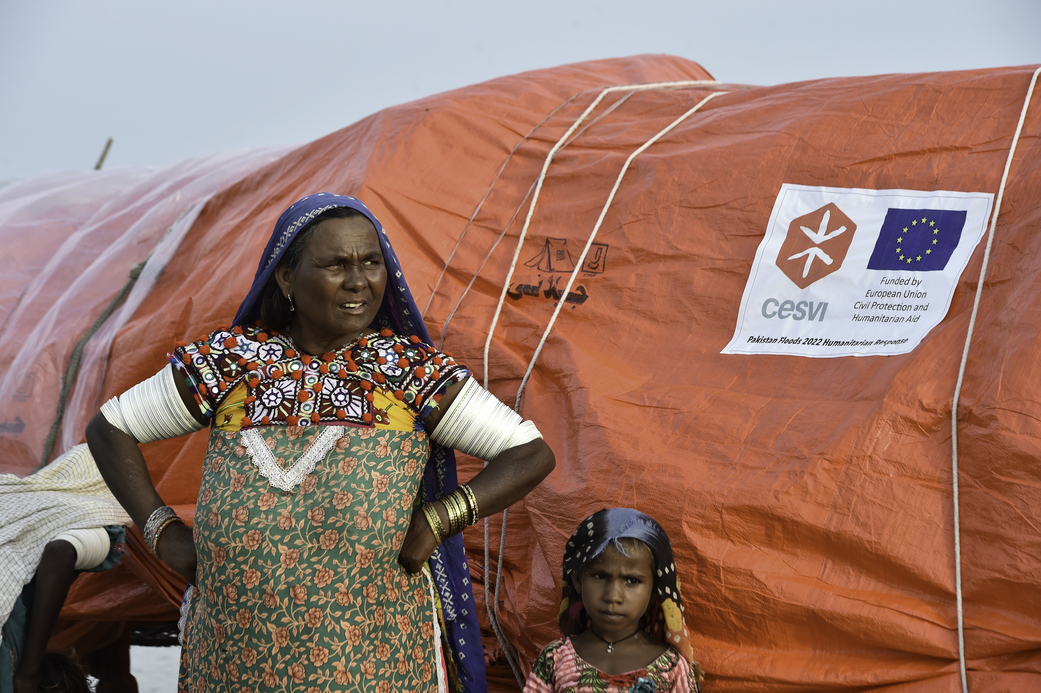In Pakistan, about 7.6 million people, almost half of whom are children, are displaced, are still in a state of emergency and are in need of help (OCHA, 2022). At least 23,900 schools have been damaged or destroyed by floods across the country, most of them in Sindh. Of those remaining, 5,500 are used as rescue camps.
The flood that has engulfed Pakistan in recent months is leading to increasingly serious consequences and, even if the monsoon season is drawing to a close and the rains seem to be decreasing, the country is facing huge problems, such as completely submerged agricultural fields. and the spread of diseases related to the humid and unhealthy environments that derive from it.
9.4 million acres of cultivated land, more than half of which in Sindh, were damaged and caused a shortage of 2.6 billion tons of grain (OCHA, 2022).
Given that one-third of Pakistan’s food is grown in Sindh itself, this emergency is jeopardizing the food security of the entire country (WFP, 2022) and causing the prices of basic necessities to rise.
Due to stagnant water in the streets, cases of malaria, dengue, acute watery diarrhea, and cholera are increasing and are expected to continue to increase in the coming months. Over 134,000 cases of diarrhea and 44,000 cases of malaria have been reported this week in the Sindh area alone (UNICEF, 2022).
CESVI remains alongside the population of these regions, distributing everyday emergency kits containing personal hygiene products, soaps, washing buckets, water tanks, water purification tablets and mosquito nets, tools necessary to mitigate the risk of infections in the population affected by the emergency.
To date, with this intervention and thanks to the latest distribution of 1000 kits, we have reached more than 6500 beneficiaries, but we still need your help.
Support us to help the population affected by the flood!
